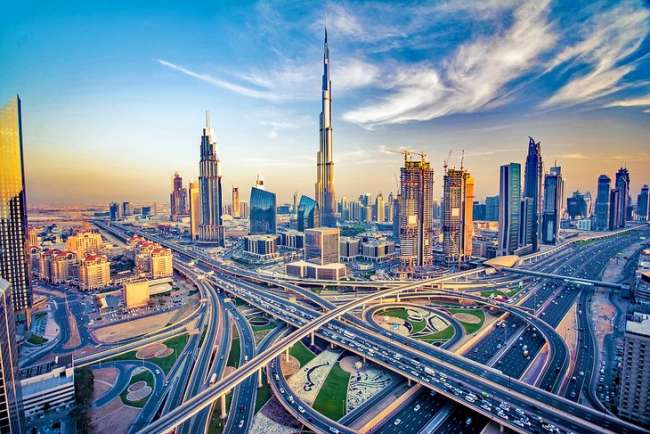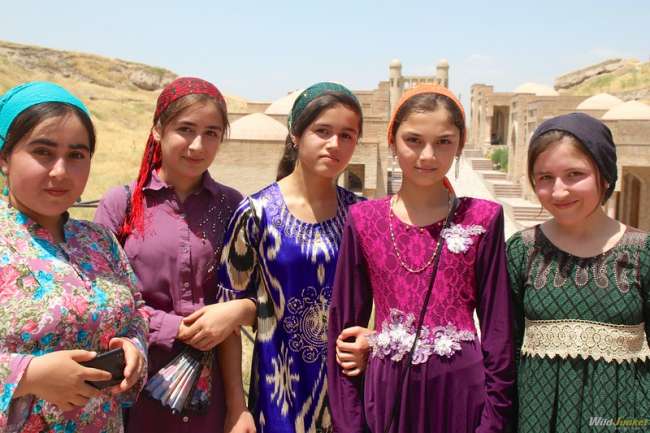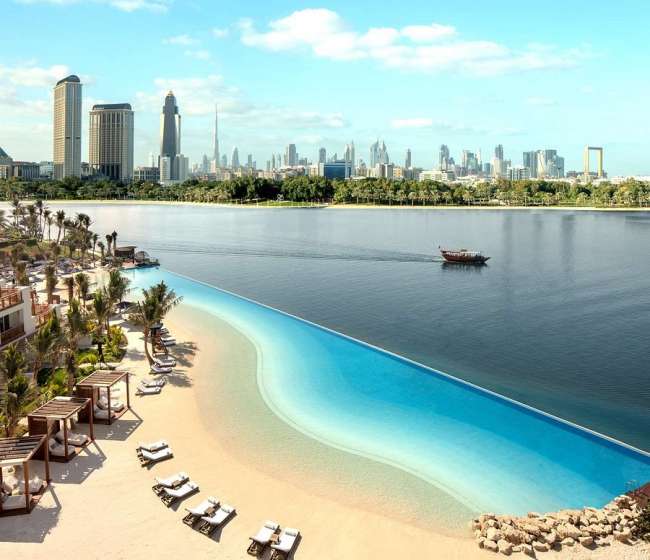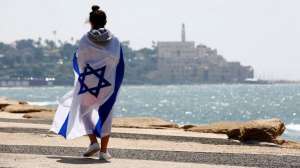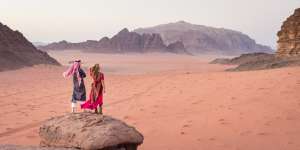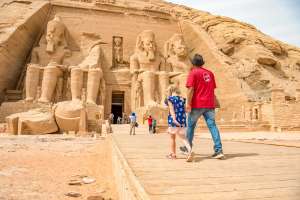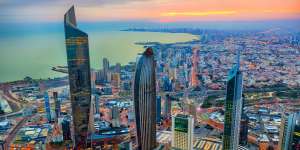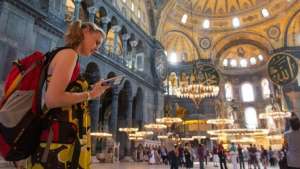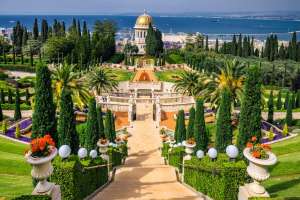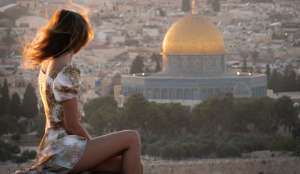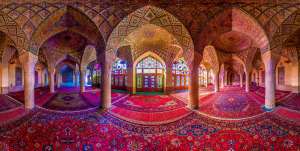Iraq, often called the cradle of civilization, stands in the very heart of Western Asia — a crossroads where the earliest human societies once flourished and the great empires of history rose and fell. This ancient land, blessed by the mighty Tigris and Euphrates rivers, gave birth to Mesopotamia, the world’s first known civilization. It is a country where history feels alive beneath every stone, from the ruins of Babylon and Ur to the sacred shrines of Najaf and Karbala.
Stretching across 437,072 square kilometers, Iraq shares its borders with Turkey in the north, Iran to the east, Kuwait to the southeast, Saudi Arabia to the south, Jordan to the west, and Syria to the northwest. Its geography is as diverse as its culture — deserts and date-palm oases to the south, rugged mountains and lush valleys in the north, and fertile plains winding along its great rivers.
The land’s natural variety mirrors its social fabric: a nation made up of Arabs, Kurds, Turkmen, Assyrians, and others, each adding their own traditions, dialects, and colors to Iraq’s cultural mosaic.
For centuries, Iraq’s cities have been the stage upon which human progress unfolded. Ancient trade routes passed through its heart, scholars and poets once filled its libraries, and religions took root that continue to shape millions of lives today. Modern Iraq carries these deep roots into its contemporary identity — balancing the weight of its past with the struggle to rebuild and renew.
Today, cities like Baghdad, Basra, Erbil, and Najaf represent more than just population centers; they embody the story of Iraq itself — a blend of endurance, innovation, and spirituality. From the buzzing bazaars along the Tigris to the quiet courtyards of sacred shrines, Iraq’s urban landscape reflects a people who, despite adversity, continue to build, believe, and belong to one of the most historically rich nations on Earth.
Baghdad
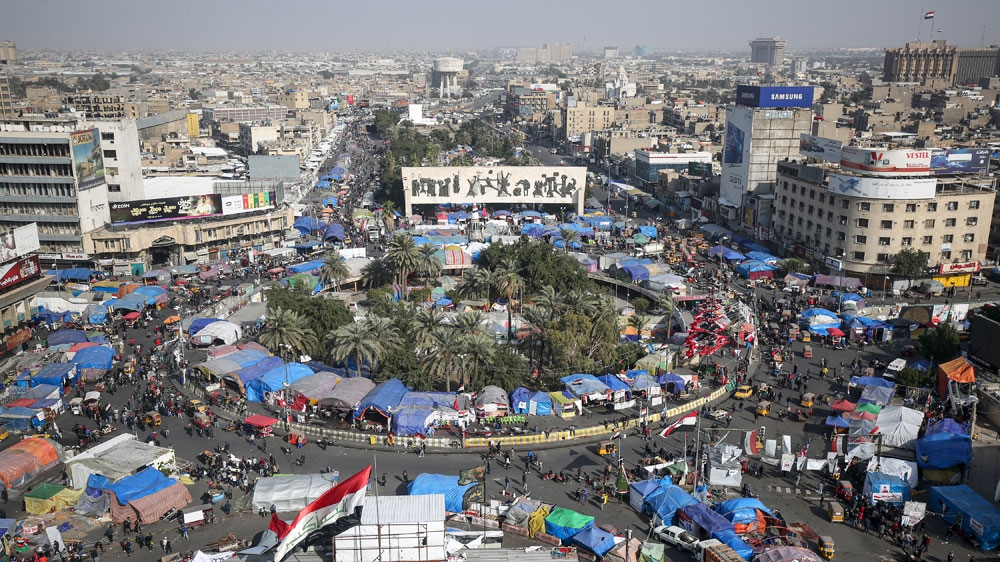
Baghdad stands as both the capital and the largest city in Iraq, with an estimated population of more than 7.1 million people. It is also one of the most historically influential cities in the Arab world and across Western Asia, ranking just after Cairo and Tehran in size and importance. The city lies gracefully along the banks of the Tigris River and traces its founding back to the 8th century. From its earliest days, Baghdad emerged as a thriving center for culture, trade, and intellectual life, quickly earning a reputation as one of the most advanced cities in the medieval world.
The strategic position of Baghdad along the Tigris allowed it to control major trade routes that connected the Middle East with Central and South Asia. This access to commerce, combined with an abundant water supply in an otherwise arid region, helped the city flourish rapidly. The Tigris divides Baghdad into two sections: Risafa on the east and Karkh on the west, both home to lively neighborhoods filled with markets, mosques, universities, and historic architecture.
Built upon fertile alluvial plains, Baghdad’s terrain is largely flat, yet rich in agricultural potential. Today, the city is divided administratively into several districts overseen by local mayors responsible for regional development and infrastructure. Economically, Baghdad contributes nearly 40% of Iraq’s total GDP and serves as a headquarters for major institutions and corporations, including the national carrier Iraqi Airways and the state-owned Al-Naser industries. Despite enduring challenges through decades of conflict, Baghdad remains Iraq’s beating heart—a city that symbolizes endurance, creativity, and national identity.
images/IRQ_KSEI_Cover_Photo_AC.jpg
Basra
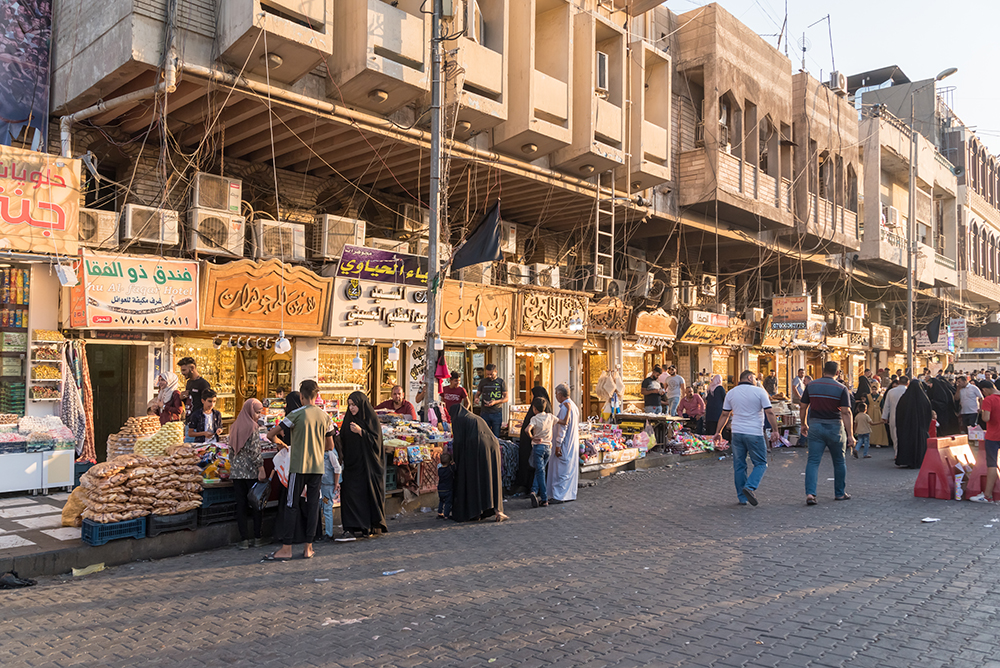
Located in the southern reaches of Iraq near the Kuwaiti border, Basra stretches along the Shatt al-Arab River, where the Tigris and Euphrates merge before flowing into the Persian Gulf. With an estimated population of about 2.7 million, Basra is Iraq’s second-largest city and serves as the country’s main seaport, though its waterways are relatively shallow. The city’s importance as a trade gateway has long earned it the nickname “Iraq’s Window to the Sea.”
Founded in 636 CE as a military encampment for Arab tribes under Caliph Umar during the campaign against the Sassanid Empire, Basra’s origins are deeply tied to Islamic expansion. Its name, derived from the Arabic “Al-Basra,” meaning “the observant” or “the watching place,” reflects its early strategic purpose as a fortified military outpost. Over time, Basra evolved into a bustling port city with canals and waterways that once served both irrigation and transport. However, in modern times, many of these canals have become polluted or too shallow for navigation.
The population of Basra is predominantly Arab, belonging to tribes such as Bani Sa’ad, Bani Khalid, Bani Malik, Bani Assad, and Bani Mansour. The local economy is heavily reliant on petroleum production—Basra lies near some of Iraq’s richest oil fields, making it the economic lifeline of the nation. In addition to oil, Basra’s surrounding farmlands produce crops like rice, maize, dates, and millet. Agriculture and livestock remain secondary but still significant contributors to the regional economy. Despite political turbulence and environmental strain, Basra continues to be the economic engine of southern Iraq and a symbol of the nation’s enduring connection to its rivers and the sea.
Hillah

Nestled in central Iraq along the Hilla Branch of the Euphrates River, Hillah (sometimes spelled Hilla) is both historically rich and agriculturally fertile. With a population exceeding 1.7 million, it stands as Iraq’s third-largest city. The region’s life revolves around the Hilla Canal, whose waters irrigate fields of dates, cotton, fruits, and grains that have sustained generations.
Hillah is perhaps most famous for its proximity to the ruins of ancient Babylon—one of the world’s most storied archaeological treasures. The city’s cultural legacy is immense, with traces of ancient Mesopotamian civilization still visible in nearby sites like Kish and Al-Beres. Known for its intellectual heritage, Hillah has produced poets, writers, and scholars throughout Iraqi history, and in 2008 it was chosen as Iraq’s Cultural Capital for its artistic contributions and active cultural institutions.
Walking through Hillah today reveals a blend of modern life and deep antiquity. Local markets bustle with color, while archaeological expeditions continue to unearth evidence of the area’s ancient grandeur. This coexistence of the old and the new makes Hillah not only a hub of agriculture but also a living museum of Mesopotamian civilization.
Najaf

In the heart of central Iraq, south of Baghdad, lies Najaf—one of the holiest cities in the Islamic world and the spiritual capital of Shi’a Islam. With an estimated population of around 1.3 million, Najaf holds immense religious and cultural significance for millions of Muslims worldwide. The city’s sanctity is anchored by the shrine of Imam Ali ibn Abi Talib, the cousin and son-in-law of the Prophet Muhammad, whose tomb attracts vast numbers of pilgrims every year.
Najaf’s skyline is dominated by the golden dome of the Imam Ali Shrine, surrounded by a sea of worshippers during major religious events. The city is also a global center of Shi’a scholarship and theology, home to prestigious religious schools and seminaries collectively known as the Hawza. For centuries, it has drawn clerics, philosophers, and students from across the world seeking knowledge in Islamic law, philosophy, and history.
Beyond its religious prominence, Najaf is a lively urban center with markets, traditional guesthouses, and cultural institutions. The city plays a vital role in shaping Iraq’s religious leadership and continues to be a symbol of spiritual devotion, resilience, and learning.
The Largest Cities in Iraq
The table below highlights the ten most populous cities in Iraq, showcasing how the nation’s population is distributed across its major regions. Each of these cities contributes uniquely to Iraq’s economy, culture, and identity—from Baghdad’s leadership and Basra’s oil wealth to Erbil’s modern vibrancy and Mosul’s enduring historical influence.
| Rank | City | Population |
|---|---|---|
| 1 | Baghdad | 7,180,889 |
| 2 | Basra | 2,750,000 |
| 3 | Hillah | 1,729,666 |
| 4 | Najaf | 1,389,500 |
| 5 | Karbala | 1,151,200 |
| 6 | Mosul | 1,125,000 |
| 7 | Erbil | 1,025,000 |
| 8 | Sulaymaniya | 1,000,000 |
| 9 | Al Nasiriya | 860,200 |
| 10 | Kirkuk | 850,787 |
These cities together represent the geographic and cultural diversity that defines Iraq—from the southern marshes and coastal plains to the northern mountains and ancient river valleys. Each holds its own identity, shaped by centuries of trade, religion, conflict, and renewal—a reminder that Iraq’s story is not just one of hardship, but also of endurance, knowledge, and human brilliance.





